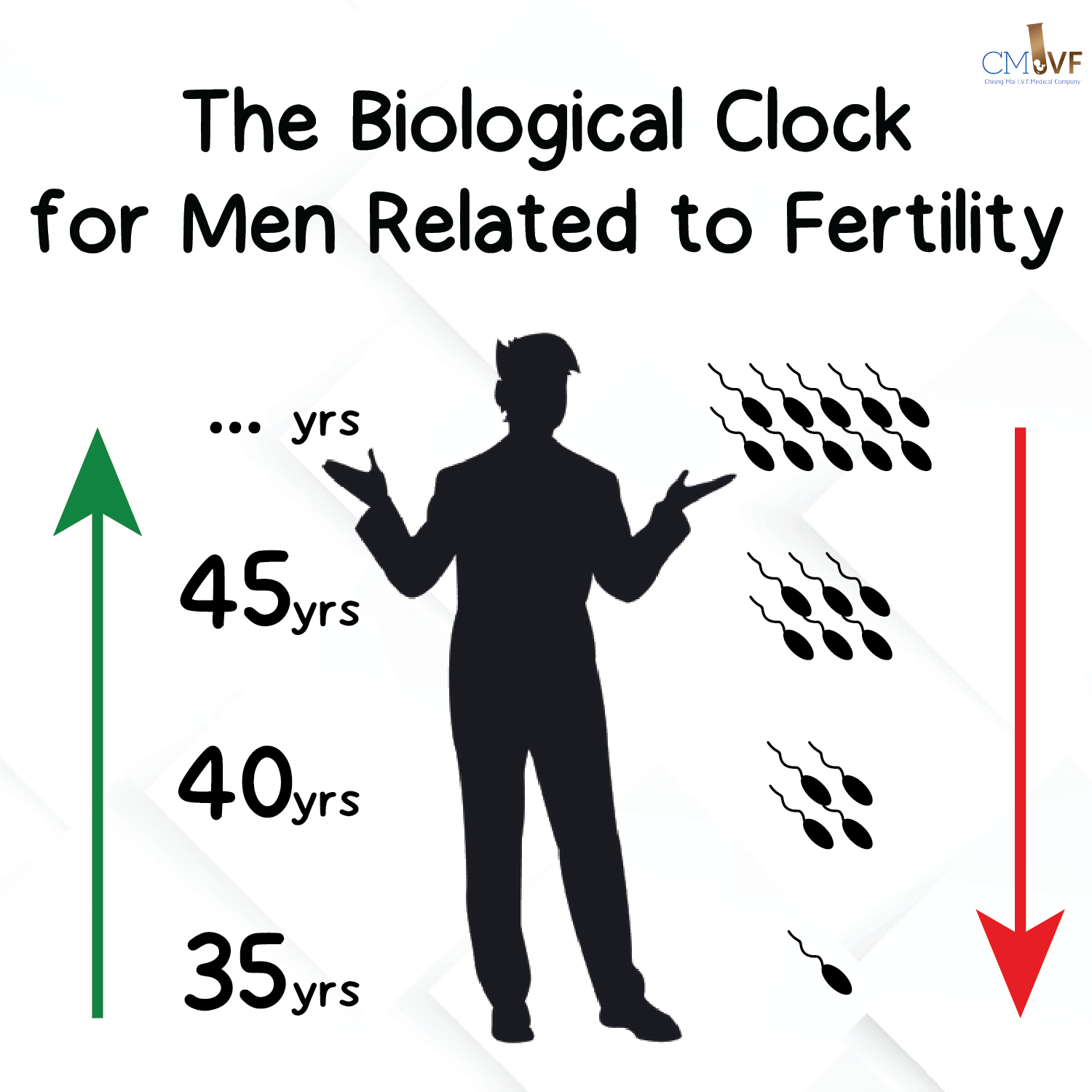
Various aspects of sperm quality and the male’s overall reproductive health start decreasing at about age 40 and consistently decreases, with this accelerating in middle age. Sperm health starts to decline around age 35 and worsens over time. The risk of miscarriage for women whose partners are over 45 is twice as high when compared with the rates of those whose partners were under 25. While the quantity and quality of women’s eggs decrease past the age of 35, men, too, will see a drop in the quality and quantity of their sperm throughout their 40s. Approximately half of the cases where couples are struggling to conceive involve male factor infertility and it is imperative that we change the narrative around male infertility.
Factors that should be delineated are as follows; Sperm quality: Sperm production tends to decline with age, leading to a decrease in sperm motility (movement) and morphology (shape). This can affect their ability to reach and fertilize an egg.
Sperm DNA fragmentation: Sperm DNA becomes more fragmented as men age. This can increase the risk of miscarriage and birth defects.
Testosterone levels: Testosterone levels naturally decline with age. This can lead to decreased sperm production and libido.
Erectile dysfunction: Erectile dysfunction becomes more common with age, which can hinder a man's ability to conceive
Therefore, a lack of education surrounding fertility health and the lifestyle choices that affect it, as well as the natural declination with age, should be explained in every format exemplifying the importance of male fertility.
